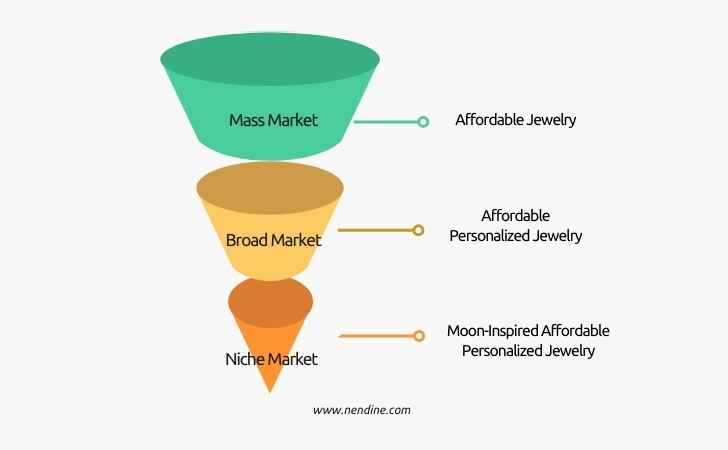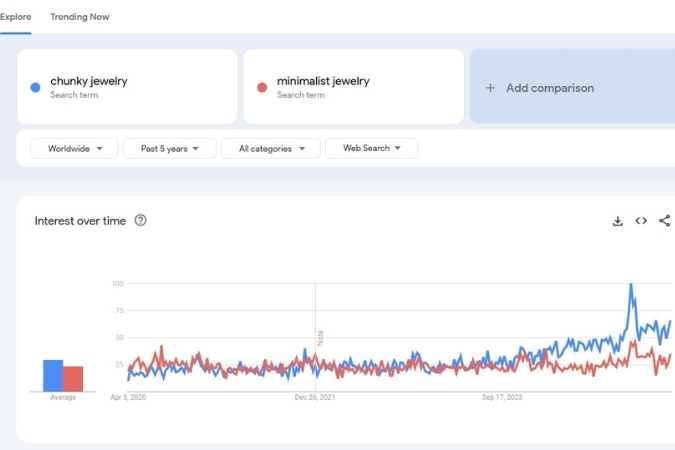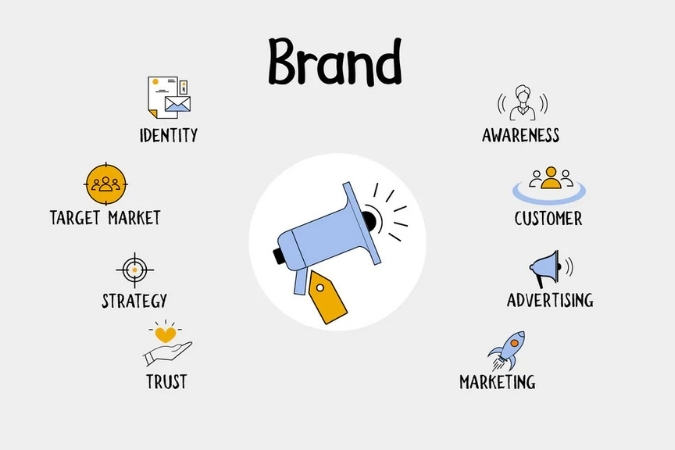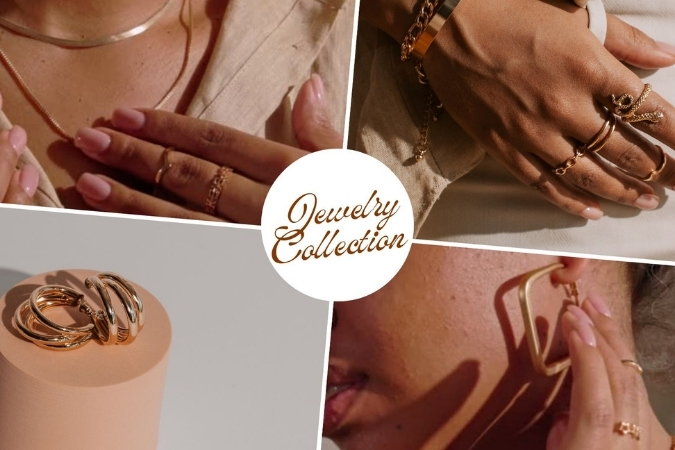Starting a jewelry business is an exciting opportunity for entrepreneurs looking to enter the fashion and accessories market. Whether you’re an aspiring designer or a brand expanding into jewelry, this guide will take you through how to start a jewelry business and jewelry line step by step.
Step 1: Pick Your Niche and Target Market
Before designing your first piece, decide on your jewelry niche and target audience. This will determine your product style, pricing, and marketing strategy. Consider:
- Jewelry Type: Handmade, fine jewelry, fashion jewelry, or custom pieces?
- Materials: Will you focus on sterling silver, stainless steel, gold plated, or gold vermeil?
- Target Audience: Luxury buyers, eco-conscious consumers, or trendy fashion lovers?
- Niche Examples: Some profitable niche ideas include permanent jewelry, personalized jewelry, healing & awareness jewelry, children’s jewelry and unisex jewelry, etc..
A well-defined niche ensures your brand stands out and attracts the right customers.

But, What If Your Budget Is Small?
If your budget is limited, don’t worry—you can still start strong. Many successful jewelry brands began with just a few designs, testing the market and growing over time. Here’s how to start with a smaller budget:
- Start small: Begin with a few best-selling styles or one signature piece that defines your brand.
- Focus on one color: Start with a single color plating (such as gold) before expanding to silver, rose gold, or other variations.
- Limit your collection: Focus on a few core, versatile items—stackable rings, minimalist necklaces, or earrings that can appeal to a wide range of customers.
- Pre-Sell New Designs: Use Instagram polls or TikTok to gauge interest before investing in production.
By focusing on quality and strategic expansion, you can create a strong brand presence without overspending.
Step 2: Conduct Market Research
Research the competition and understand industry trends. Successful small businesses jewellery brands analyze:
- Competitor analysis: Study top sellers on Google, Amazon, or Instagram. Note their pricing, bestsellers, and customer reviews.
- Keyword research: Use free tools like Google Keyword Planner to find high-volume search terms
- Trend forecasting: Platforms like Pinterest Predicts or Google Trends reveal upcoming jewelry trends
For inspiration, check out top jewelry trends for 2025 to stay ahead of the curve, and analyze competitors to find gaps.

Step 3: Define Your Brand
Successful jewelry businesses have one thing in common: a rock solid brand. Your brand identity should reflect your target market and product style. Focus on:
- Brand Name & Logo – Choose a memorable and meaningful name.
- Brand Story & Voice – Understand your audience. How do they speak? Are you an eco-friendly brand? Luxury-focused? Affordable fashion?
- Packaging & Presentation – High-quality packaging enhances the customer experience. Design product packaging with your brand logo to match your branding.
A strong brand identity builds customer trust and recognition.

Step 4: Find a Reliable Jewelry Manufacturer
Start by designing your jewelry line. Once you have a jewelry idea or sketch, you can start looking for a jewelry manufacturer to bring it to life.
Partnering with a custom jewelry manufacturer is crucial for quality. Not sure how to find a jewelry manufacturer? Look for expertise, reliability, and ethical standards that align with your vision. Check whether the manufacturer has some key jewelry certifications that it should adhere to. Nendine provides CAD prototypes service to visualize your design. It is better to order a sample to test quality before moving into mass production.

Step 5: Develop a Pricing and Profit Strategy
Pricing determines your profit margins and brand positioning. Consider:
- Cost-Based Pricing: Calculate material, labor, and overhead costs, then add a markup.
- Competitive Pricing: Research competitors to set a competitive yet profitable price.
- Luxury vs. Affordable Positioning: Will you sell high-end pieces or budget-friendly jewelry?
Do all startup jewelry brands necessarily sell affordable and cheap jewelry? Not Necessarily. Some new brands position themselves in the premium or luxury market by focusing on quality craftsmanship and exclusive designs.
An effective pricing strategy ensures profitability while keeping your brand attractive to customers.

Step 6: Set Up Your Online Jewelry Business
To launch an online jewelry business, you need:
- A Professional Website: Shopify, WooCommerce, or Etsy are great platforms.
- SEO-Optimized Product Pages: Use high-quality images and detailed descriptions.
- Social Media Presence: Instagram, Pinterest, and TikTok help drive organic traffic.
A well-designed online store makes purchasing easy and enhances credibility.

Step 7: Create a Strong Jewelry Marketing Strategy
Marketing is key to growing your startup jewelry business. Explore jewelry marketing tips such as:
- Social media: Use Pinterest to create boards for “Gift Ideas” or “Everyday Jewelry Styles.” Leverage Instagram Reels to share behind-the-scenes crafting videos.
- Influencer collabs: Partner with nano-influencers (1k–10k followers) for affordable promo.
- Email marketing: Offer a 10% discount for newsletter sign-ups.
- SEO content: Write blogs like “How to Layer Necklaces Like a Pro” using keywords.

Step 8: Launch & Scale Your Jewelry Line
Launch with flair—think discounts, virtual events, or exclusive drops. Use feedback to refine your offerings. As your small business jewelry grows, scale by adding collections or exploring wholesale, turning your vision into a thriving online jewelry business.

Start Selling Jewelry Online Now
The jewelry market may be competitive, but there’s still room for emerging designers and new brands to succeed. Building a successful jewelry line starts with a strong brand vision, high-quality materials, and effective marketing. Partnering with a reliable custom jewelry manufacturer like Nendine ensures you get high-quality custom jewelry that aligns with your brand.
FAQs
The cost varies based on materials, production, and marketing. A small jewelry business can start with $500–$2,000 for handmade pieces. If you’re working with a manufacturer, initial costs can range from $5,000–$20,000, depending on design, prototyping, and production costs. Other expenses to consider include packaging, marketing, and ongoing inventory replenishment.
Requirements vary by location. Many small businesses jewelry sellers don’t need a business license to sell online, but some regions require a tax ID, especially if you exceed a certain income threshold. It’s best to check local regulations to ensure compliance for your online jewelry business.